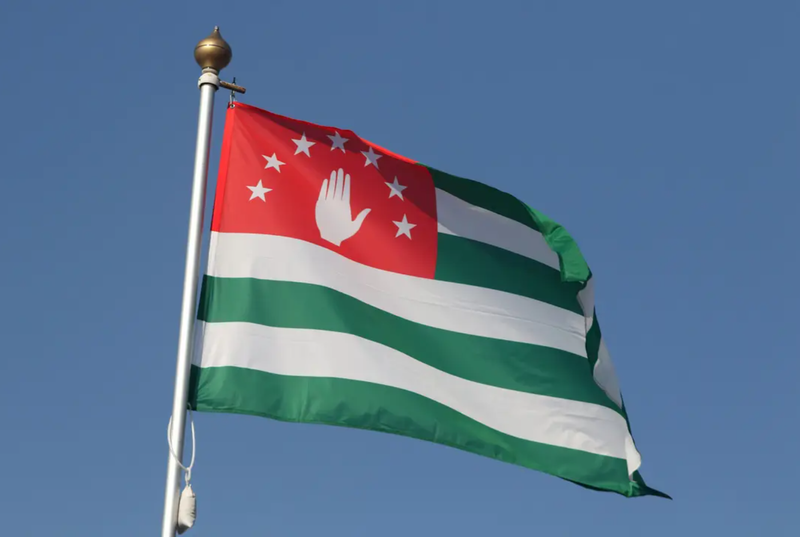Brazil: Dozens Killed in São Paulo Flooding and Landslides
On Saturday, officials said 36 people had been killed in the São Paulo state by flooding and landslides caused by significant rainfall. The death toll is expected to rise....

0:00
/0:00
Facts
- On Saturday, officials said 36 people had been killed in the São Paulo state by flooding and landslides caused by significant rainfall. The death toll is expected to rise.1
- The state government reported more than 23.6 in. (60cm) of rain inundated the area in one day. The rainfall reached one of the highest amounts ever recorded in the country for that short amount of time. Conditions at Latin America's busiest port in Santos were equally as brutal with wind reports topping 34mph (55km/h) and wave heights exceeding 1 meter.2
- São Paulo's state governor, Tacisio de Freitas, declared a state of emergency for five coastal towns. Following a visit to the area, de Freitas made $1.5M available for response and rescue operations.3
- On Monday, more than 500 rescue workers searched for the missing and repaired damaged roads. Heavy rains continued hampering rescue and recovery operations and forcing the cancellation of carnival activities.2
- Annual carnival celebrations were canceled in the hardest-hit cities along the coastline, a popular destination for the wealthy. Typically, the festivities take place in the five days leading up to the Christian celebration of Lent.4
- Brazilian Pres. Luiz Inácio Lula da Silva planned a trip to the devastated area on Monday. He said, 'we are going to bring together all levels of government and, with the solidarity of society, treat the wounded, look for the missing, restore highways, power connections, and telecommunications in the region.'5
Sources: 1NPR Online News, 2Guardian, 3France 24, 4BBC News and 5Washington Post.
Narratives
- Narrative A, as provided by Climatecentre. While science has not allowed us to quantify the role of climate change in Brazil's flooding events, we can with certainty say that human-caused climate change is responsible. These catastrophic events are in alignment with climate prediction models and future projections. Based on forecasts, these devastating events will not only continue, but as greenhouse emissions and warming increase, these events will increase as well.
- Narrative B, as provided by E360. World politicians have been quick to blame climate change for damage to infrastructure and the all-around disruption to daily lives. What they've failed to mention is that climate change wouldn't be that big of a deal if it weren't for their failed policies and poor planning. Without proper building and zoning policies and significant investments in infrastructure, governments have left people vulnerable to flooding and other infrastructure-related disasters. Blaming climate change doesn't fix the problems but makes way for absolving policymakers of their responsibility for the unnecessary loss of lives and property.






